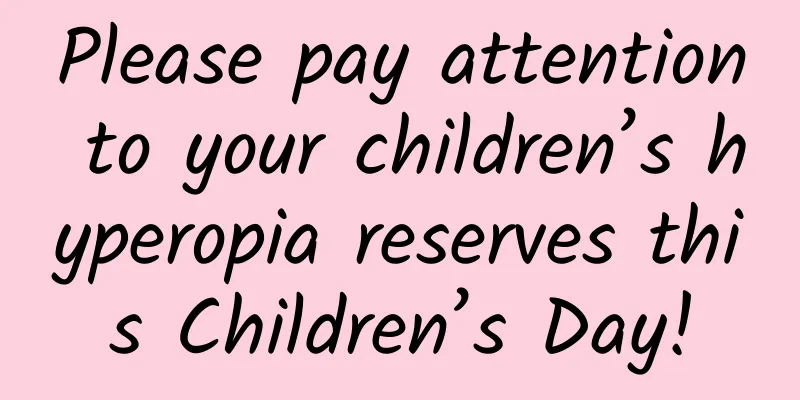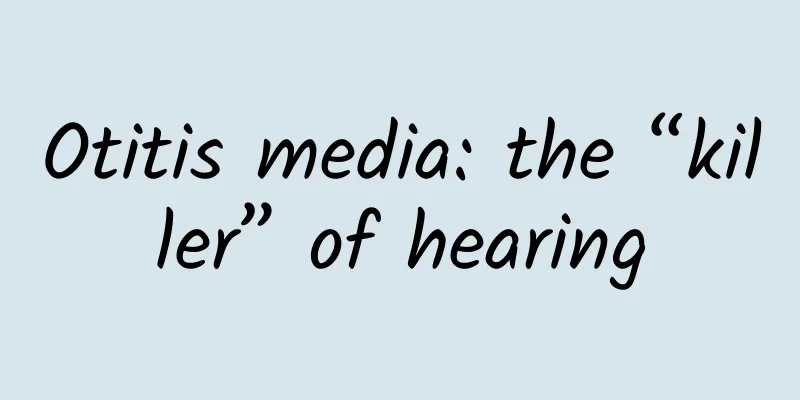Please pay attention to your children’s hyperopia reserves this Children’s Day!

|
What is hyperopic reserve? Hyperopia reserve refers to the refractive state of adolescent children at the corresponding age, which is the result of dynamic matching between axial length and parameters such as corneal and lens refractive power. Generally speaking, the eyeballs of newborns are not fully developed and the eye axes are short. At this time, both eyes are in a hyperopic state with an average refractive power of +2.50⁓+3.00 D. This physiological hyperopia is called hyperopic reserve. As children and adolescents’ eyes develop, their eye axes lengthen and their hyperopia gradually decreases. Generally, they develop into emmetropia (with a refractive power between -0.50 and +0.50 D) by the age of 15. This process is called emmetropization. [1] If the eye axis continues to grow without being controlled after reaching emmetropia, it will develop into myopia. Image source: Courseware from the National Comprehensive Prevention and Control of Myopia among Children and Adolescents Lecture Group of the Ministry of Education of the People’s Republic of China Relationship between hyperopia reserve and myopia Each age group has a corresponding amount of hyperopia reserve, and the hyperopia reserve of adolescents in different age groups is different. Due to excessive and early use of the eyes at close range, some children and adolescents have used up their hyperopia reserves before the age of 6, and are very likely to develop myopia in primary school. If the hyperopia reserve is used up too late, amblyopia and strabismus may occur, causing abnormal visual function of the eyes. Therefore, the possibility of children and adolescents developing myopia can be determined by examining changes in their hyperopia reserve, and a myopia risk assessment can be made. Image source: Courseware from the National Comprehensive Prevention and Control of Myopia among Children and Adolescents Lecture Group of the Ministry of Education of the People’s Republic of China Pay attention to your child’s hyperopia reserve Early screening to establish vision records Eye screening at birth First eye exam at age 3 Regular check-ups twice a year during childhood and adolescence Determine indicators such as visual acuity, refractive status, axial length, eye position, anterior segment and fundus health examination, and parents' refractive status. The earlier myopia occurs, the worse the myopia control effect! The more likely it is to develop high myopia! Learn about myopia prevention and control knowledge Spend more than 2 hours of outdoor activities every day Reduce the time of using eyes at close range Maintain a reasonable sitting posture and eye distance Adjust for good lighting Content source: [1] Expert consensus on hyperopia reserve, axial length, corneal curvature reference range and genetic factors in Chinese school-age children (2022) Medical knowledge is for reference only and is not used as a basis for diagnosis |
<<: National Eye Care Day丨Tips on how to protect your eyes
Recommend
Why does a woman's lower abdomen hurt on the right side?
Women usually experience abdominal pain, which is...
Don’t panic if you have polydactyly or syndactyly. Find out first and then seek medical attention immediately.
When the baby is born, parents find that the baby...
"How many people do you want to kill before you can put down the cigarette in your hand..."
Addendum 1: Do you know why secondhand smoke is m...
Cervical insufficiency is effective in bed rest
Cervical insufficiency is also known as incomplet...
I often feel dizzy and vomit. What disease do I have?
Many times we often experience some uncomfortable...
What if my period is delayed and I don't have any leucorrhea?
As we all know, menstruation is the "period&...
What to do if you have vomiting and pain during menstruation
Dysmenorrhea can make many women miserable, and t...
What are the side effects of wearing a ring for a long time?
In order to avoid pregnancy, various contraceptiv...
Where can I get authentic purple garlic? How to quickly get rid of the garlic smell
Garlic can not only be used as a seasoning for co...
Can I drink Roselle during menstruation?
In daily life, many female friends like to drink ...
Why do stretch marks itch?
I believe that women who have given birth are no ...
What are the ten tests before pregnancy?
In fact, there are quite a lot of examination ite...
How big was the territory of the Xia Dynasty? What was the historical significance of the establishment of the Xia Dynasty?
The Xia Dynasty was the first dynasty in Chinese ...
When are winter jujubes available? How should winter jujubes be stored in summer?
In the fruit market these days, I saw that winter...
What to do if the testosterone in women is too high
In daily life, some women have too high levels of...









